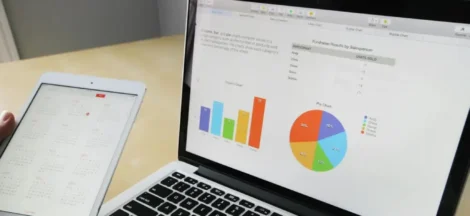Introduction
As an employer, you must provide regular paystubs to your employees. This is essential for tracking crucial things like taxes and income, not just a nice thing to do to fill job opportunities. Working out what information you need to include on a pay stub can be difficult, so we have created a simple checklist to help. The following is a primer on the key information you will need. You might, however, employ paystub generation software to make the process even easier.
What is a pay stub, exactly?
A pay stub is a document that arrives with a paycheck that contains important information about the recipient’s earnings. Every paycheck must be accompanied by a paystub. Employees can use pay stubs to better understand their take-home pay and net pay, as well as any deductions that may apply to them, such as benefits or taxes. Pay stubs can also be used as proof of income for critical items like rent payments, as well as to help you keep detailed records of your company’s finances.
What Information Can Be Found On A Pay Stub?
When completing a paystub, you must include all of the following information:
Basic Info
The first line on a pay stub must include basic identifying information for both the individual and the firm. Name, address, contact information, and identification numbers are all included.
Gross Wages
Gross wages are an employee’s total pre-tax earnings. That is, all of their earnings throughout the pay period before any deductions are made. Although many states may need additional information, such as overtime or earned time off, gross earnings should be disclosed. Check your state’s laws. Read more about On-Budget Home Renovation Ideas for Students.
Deductions
Various deductions are made from an employee’s salary before they get their pay, and all of these deductions must be indicated on their paystubs. Because it is the employer’s responsibility to withhold taxes, you must do it correctly and diligently.
Contributions made by the Employer
Employers are required to provide certain benefits to their employees, the vast majority of which are tax-deductible. You can also contribute voluntarily, such as through insurance, retirement, or savings. These may, but are not required, to be included on pay stubs. Having said that, combining them can make it easier for both parties to monitor cash.
Net Profit
The amount that the employee earns in net remuneration is what everyone is most concerned about. Salary stubs should include the net compensation for each pay period as well as the total for the year.
Conclusion
Understanding how to complete a pay stub is an essential part of running a business in any industry. Hopefully, the information in this article will help you get started with appropriately filling out pay stubs for your employees, including all of the required information on each one! Remember that paystub software is available to make the procedure easier. You do not have to do all of this by hand every time, and once you have got a system in place, filling out future pay stubs for your employees should be a lot easier.





 Workers Compensation Insurance: How It Works and Things You Should Expect
Workers Compensation Insurance: How It Works and Things You Should Expect